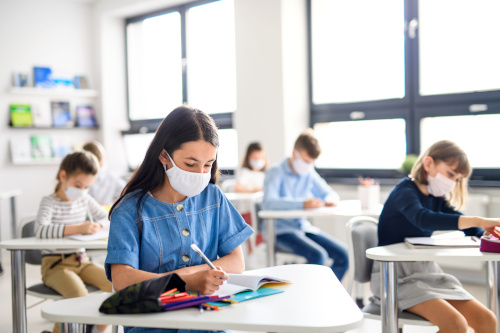
NWEA, a nonprofit, research and educational services organization serving K-12 students, has released new research highlighting the latest data on achievement during the pandemic.
Key findings from this third school year impacted by COVID-19 suggest early signs of rebounding offering some hope. However, results also underscore that recovery is still years away and there is a need for sustained urgency in addressing interrupted learning.
The study is the latest in a series of research from NWEA focused on tracking the impact of the pandemic on learning. It used data from over 8.3 million students who took the MAP Growth assessment in reading and math during the COVID-impacted years (spanning 2018-19 to 2021-22) and compared these data to an equivalent sized sample of students who tested before the pandemic (spanning 2015-16 to 2018-19). Key takeaways from this latest data bring both hope and concern.
Early signs of hope:
Initial signs of academic rebounding were evident in 2021-22 with academic gains (fall to spring) that paralleled pre-pandemic trends, especially in math and among younger students.
Academic growth rebounded to parallel pre-pandemic trends across school-poverty levels; however, students in low-poverty schools have less ground to make-up and thus will likely recover faster.
Continued concern:
Despite initial signs of rebounding, student achievement is still lower than where we’d expect it to be if the pandemic did not happen. Furthermore, if improvements continue at the rate we saw this year, the timeline for a full recovery is years away and will likely extend past the availability of federal recovery funds.
Achievement was lower for all student groups in spring 2022 (compared to pre-pandemic levels); with historically marginalized students and students in high-poverty schools remaining disproportionately impacted.

